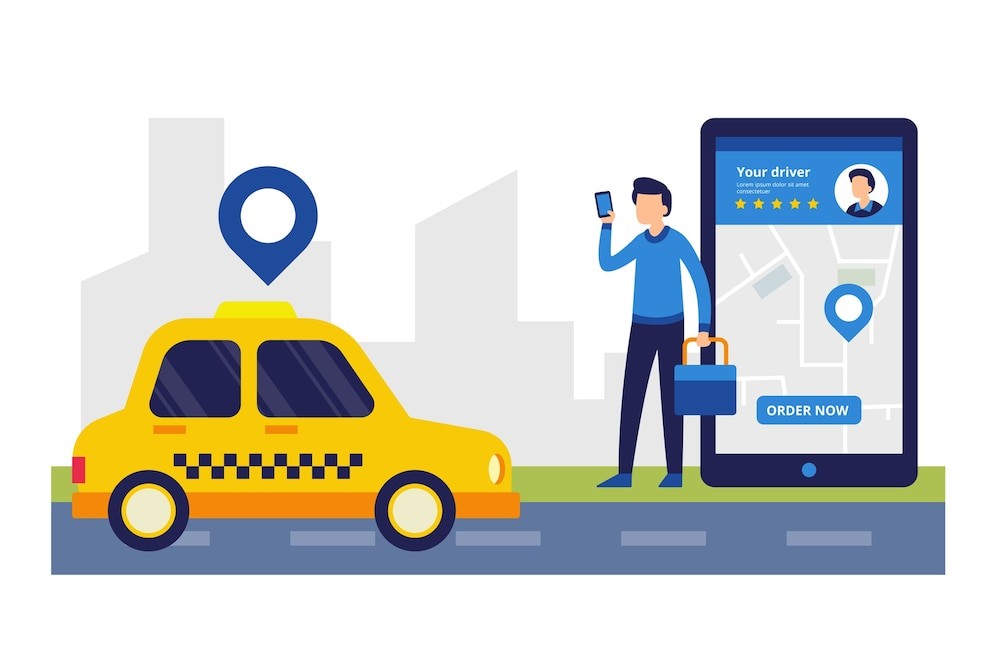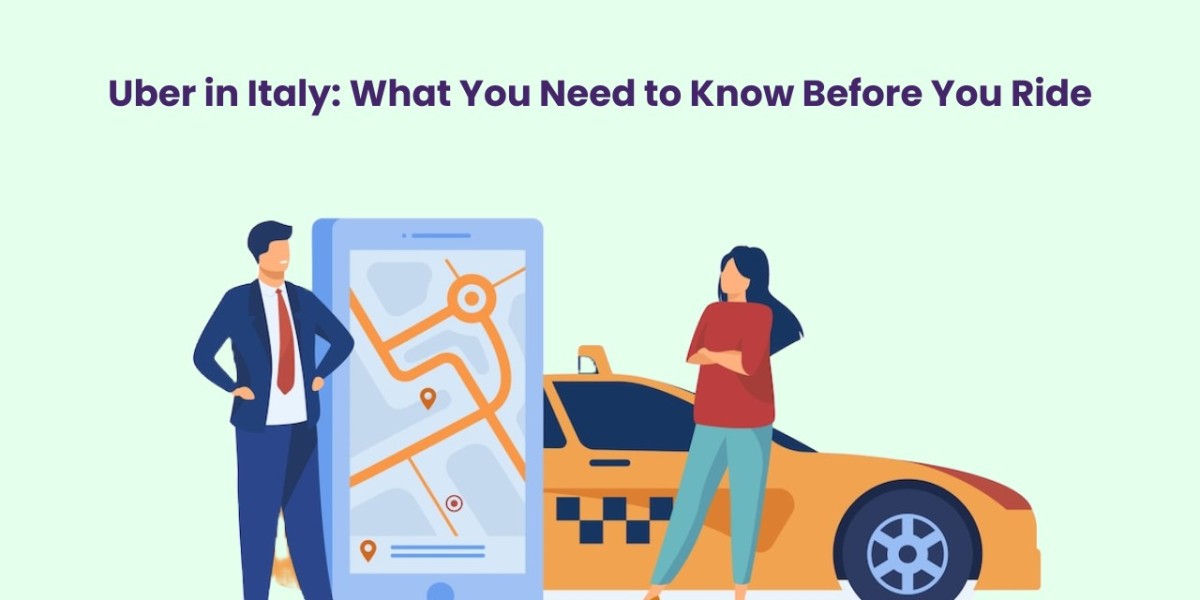Uber has become a go-to name for ride-hailing services around the world. In many countries, using Uber in Italy is simple and straightforward. But when it comes to Italy, things can be a bit different. If you're planning to travel there and rely on ride-hailing, it’s important to understand how Uber works in Italy, what to expect, and what alternatives you might consider. In this blog, we’ll break it all down in simple terms so you're ready before you tap that app.
Is Uber Available in Italy?
Where Can You Use Uber?
Yes, Uber is available in Italy, but not everywhere. Unlike some countries where Uber operates in every major city and town, its presence in Italy is limited. You can mostly find Uber in big cities like Rome and Milan. In other places, like Florence or Venice, Uber might not be available at all or operates under strict rules.
So, if you're traveling between different cities in Italy, don’t assume Uber will be there. Always check the app ahead of time to see if the service is available in the area you're visiting.
Types of Uber Services in Italy
In Italy, Uber works a bit differently. You won’t find the regular UberX or UberPool that many users are familiar with. Instead, the service mostly operates through Uber Black, which uses licensed professional drivers with high-end cars. These are more expensive than a typical Uber ride in other countries.
In some areas, you might find Uber Van (good for groups) or Uber Lux (for a premium ride), but the prices are higher than public transport or taxis. If you're on a tight budget, it might not be your first choice.
Understanding the Legal Situation
Why Is Uber Limited in Italy?
Uber has faced legal challenges in Italy for years. Traditional taxi unions in the country are strong, and they’ve pushed back hard against ride-hailing services. As a result, many of Uber’s lower-cost options were banned.
Italian law requires drivers for Uber to have a professional chauffeur license and meet strict vehicle requirements. That’s why Uber Black is one of the only services allowed—it complies with those regulations.
Taxis vs. Uber
In Italy, taxis are regulated and follow fixed pricing models. This can be good for travelers, as you know what to expect. Uber, being more flexible, might charge higher prices during peak times or events.
If you’re in a city like Rome, taxis are often easy to find and might actually be cheaper than using Uber Black. Many taxis also now accept card payments, and several local taxi apps can help you book a ride without needing to flag one down.
Tips for Using Uber in Italy
1. Always Check Availability
Before heading out, open the Uber app and check if it's operating in your current city. Don’t assume it will work everywhere in Italy, especially in smaller towns or touristy places like the Amalfi Coast or Cinque Terre.
2. Compare Pricing
Due to the limited options and luxury vehicles, Uber rides in Italy are not cheap. Always compare the cost with local taxi services or public transport. You might find that a traditional taxi or even a metro ride is a better deal.
3. Have Backup Transport Options
It’s smart to download local taxi apps like Free Now or It Taxi, which are widely used in Italian cities. These apps connect you to licensed taxis and are user-friendly. Also, keep a note of public transport options, especially if you're staying in a busy city with good metro or bus networks.
4. Don’t Expect the Same Experience as Home
The Uber experience in Italy won’t feel like the one you might be used to in places like the US or UK. The wait time can be longer, the vehicles are high-end, and the prices are steeper. Plan ahead so you’re not surprised.
5. Consider Walking for Short Distances
Many Italian cities are known for their beautiful streets and walkable layouts. If your destination is nearby, a quick walk might be more enjoyable and efficient than calling a ride. It also lets you take in the sights and avoid traffic.
Read More: Uber Business Model: Changing the Game in On-demand Taxi Booking
Alternatives to Uber in Italy
Taxi Apps
As mentioned earlier, apps like Free Now and It Taxi help you book rides with local taxis. These work very similarly to Uber and even let you pay through the app. The pricing is set by local laws, so there's no surprise surge pricing.
Public Transport
Italian cities have solid public transport systems. In Rome and Milan, for example, the metro and buses are well-connected and affordable. Tickets are easy to buy at kiosks, apps, or train stations.
Bike and Scooter Rentals
In urban areas, services like Lime or Helbiz offer electric scooters and bikes that are perfect for short trips. They're convenient, eco-friendly, and often quicker than waiting for a ride in traffic-heavy areas.
Should You Use Uber in Italy?
The answer depends on where you are, how much you're willing to spend, and how comfortable you are using other transport options. In cities like Milan or Rome, Uber Black can offer a stylish and reliable ride. But it comes at a cost.
If you're just looking for a fast and cheap way to get around, public transport or taxis might suit you better. For short distances, walking or renting a scooter could be the ideal solution.

Conclusion
Uber can be a helpful service for tourists and locals in certain parts of Italy, but it’s important to go in with the right expectations. Its availability is limited, the prices are higher due to luxury car requirements, and it doesn’t operate in every city. That’s why knowing your options ahead of time will make your trip smoother and less stressful.
For entrepreneurs looking to build a similar ride-hailing experience that adapts to regional needs, starting with a flexible model like a gojek clone app can be a smart move. These kinds of apps can support multiple services, adjust to local laws, and offer features that appeal to both users and drivers. Whether it's transportation, deliveries, or local services, the future lies in platforms that offer convenience while being tailored to the market.




